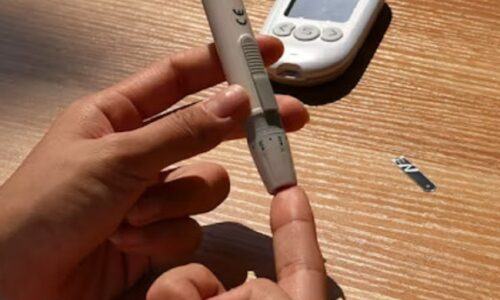
Diabetes Insipidus vs Diabetes Mellitus
In the realm of medical conditions, diabetes is a term that often prompts concern and confusion. However, it’s crucial to recognize that not all types of diabetes are the same. Two distinct conditions, diabetes insipidus and diabetes mellitus, vary significantly in their causes, symptoms, and management. In this comprehensive guide, we delve into the intricate details of both, aiming to provide clarity on the disparities between diabetes insipidus and diabetes mellitus.
Diabetes Mellitus: A Brief Overview
Diabetes mellitus, commonly referred to as type 1 or type 2 diabetes, is a chronic metabolic disorder characterized by elevated blood glucose levels. The condition arises due to insufficient insulin production or the body’s inability to effectively use the insulin produced. Let’s explore the primary aspects that distinguish the two main types of diabetes mellitus.
Type 1 Diabetes
An autoimmune disease known as type 1 diabetes is caused when the body’s immune system unintentionally targets and kills the pancreatic cells that produce insulin. As a result, there is a shortage of insulin, a hormone that is essential for controlling blood sugar levels. Typically diagnosed in childhood or adolescence, individuals with type 1 diabetes require lifelong insulin therapy.
Type 2 Diabetes
Type 2 diabetes is more prevalent and often develops later in life. It is characterized by insulin resistance, where the body’s cells fail to respond adequately to insulin. Over time, the pancreas may not produce enough insulin to meet the body’s needs. Lifestyle factors, genetics, and obesity contribute to the development of type 2 diabetes, which can often be managed with a combination of medication, lifestyle modifications, and, in some cases, insulin.
Diabetes Insipidus: An Unrelated Condition
While sharing a similar name, diabetes insipidus is an entirely different condition with no relation to blood sugar regulation. This disorder affects the kidneys’ ability to concentrate urine, leading to excessive thirst and urination. Understanding the key characteristics of diabetes insipidus is vital for distinguishing it from diabetes mellitus.
Types of Diabetes Insipidus
Central Diabetes Insipidus
Central diabetes insipidus results from a deficiency of vasopressin, a hormone that regulates water balance. This deficiency can be caused by damage to the hypothalamus or pituitary gland, often due to tumors, trauma, or certain medications.
Nephrogenic Diabetes Insipidus
Lack of response to vasopressin by the kidneys results in nephrogenic diabetes insipidus. This resistance can be congenital or acquired, with factors like medications, kidney disease, or genetic conditions contributing to its development.
Important Distinctions Between Diabetes Mellitus and Diabetes Insipidus
Causative Factors
- Diabetes Mellitus: Primarily caused by genetic factors, lifestyle choices, and obesity.
- Diabetes Insipidus: Results from damage to the hypothalamus, pituitary gland, or kidney issues.
Blood Sugar Regulation
- Diabetes Mellitus: Involves irregularities in insulin production or utilization, leading to abnormal blood glucose levels.
- Diabetes Insipidus: Does not affect blood sugar levels; instead, it impacts the body’s water balance.
Symptoms
- Diabetes Mellitus: Symptoms include increased thirst, frequent urination, fatigue, and unexplained weight loss.
- Diabetes Insipidus: Characterized by excessive thirst, diluted urine, and a high volume of urine output.
Conclusion
In summary, understanding the differences between diabetes insipidus and diabetes mellitus is crucial for accurate diagnosis and effective management. While diabetes mellitus revolves around blood sugar regulation and insulin function, diabetes insipidus focuses on water balance and hormone deficiencies. By recognizing the distinct features of each condition, individuals and healthcare professionals can tailor appropriate treatment plans, leading to improved outcomes.
Aahana Gupta
Aahana Khan is a versatile content writer who skillfully combines her expertise in biotechnology with creative communication. Her strong educational background in biotechnology provides a scientific lens to her writing, making complicated ideas easy to understand for a wide range of readers. Driven by her passion for effective communication, she seamlessly transitioned from her biotechnology roots to a thriving career in content writing.




